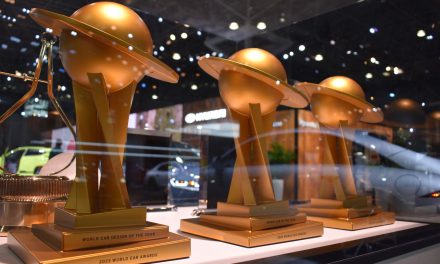ABB’s drive recycling scheme achieved a record total for 2012, with 31 tonnes of drives being recycled during the year. Over 96% by weight of these drives were recycled, with much of the copper, aluminium, circuit boards, steel and cables being recovered for further use. The drives are collected and recycled by certified waste management company S2S.
Both ABB drives and those produced by other manufacturers are collected through bins sited at the premises of ABB Drives Alliance members, although larger drives or large quantities of smaller drives can be collected direct from the end user’s premises.
The WEEE Directive is currently being re-evaluated, opening the possibility that many more electrical products, including drives, could come under its scope. Alan Dukinfield of S2S says: “ABB and S2S have been running the recycling scheme for many years and no-one else is running a similar scheme on this level. If drives do come under the WEEE Directive, drive uses can be assured that we have the capacity to recycle all their waste drives.”
Once the drive has been removed for recycling, ABB issues a certificate that can be used for environmental audits by end users complying with ISO 14001.
According to the company, replacing an older drive with a new model can help users make an immediate impact on their carbon footprint. Depending on size, operating a drive for just half a day could cut enough carbon emissions to fully compensate for the carbon impact of manufacturing and disposal of the drive itself. An ABB industrial drive can typically provide a total lifetime savings of around 7,500 MWh or 3,800 tons of carbon dioxide emissions, states the company.


